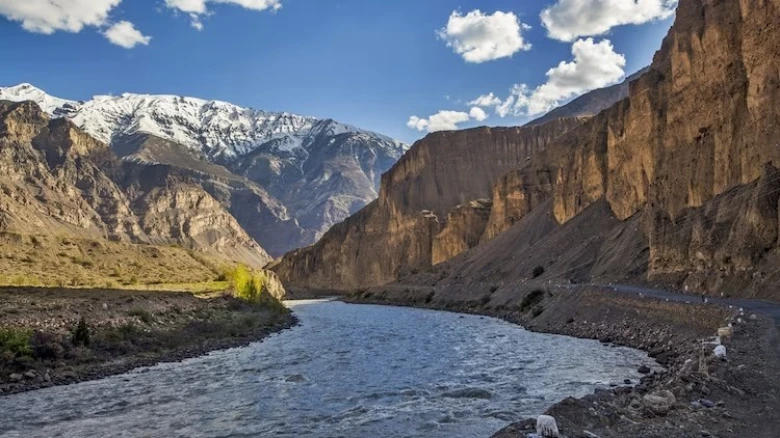The formation of new glacial lakes, triggered by cloudbursts, heightens the risk of flooding...
Digital Desk: The Himalayas, renowned for having the world's third-largest ice repository, are facing a glacier loss, as revealed by the State of India’s Environment 2024 report. From 2013 to 2022, the region has faced 44 percent of India’s natural calamities. Rising surface temperatures have led to a staggering 65 percent increase in glacier melt in the upper Himalayas, increasing the frequency and severity of floods, landslides, and thunderstorms, particularly in Himalayan states.
Kiran Pandey, head of CSE’s Environment Resources Unit, underscored the consequences of these disasters, which have claimed lives and caused substantial property damage.
Approximately two billion people, primarily in Asia rely on water sourced from these glaciers, making the unfolding crisis a direct threat to livelihoods and lives. The formation of new glacial lakes, triggered by cloudbursts, heightens the risk of flooding, while climate change-induced shifts in vegetation lines and rainfall patterns jeopardize Himalayan agriculture, upon which 90 percent of the region depends.
The consequence extends beyond the inhabitants, impacting downstream populations reliant on Himalayan water resources. Furthermore, the Himalayas are witnessing a decline in permafrost, particularly in the western region, where an alarming 8,340 square kilometers were lost between 2002–04 and 2018-20.
This thawing permafrost exacerbates landslides, leading to extensive infrastructural damage. With 40 percent of Himalayan ice already lost, the report warns of a potential 75 percent depletion by the century's end if current trends persist. Izabella Koziell, ICIMOD’s deputy director general, stressed the imperative for immediate action to protect the Himalayas and the billions dependent on this critical ecosystem.

Leave A Comment